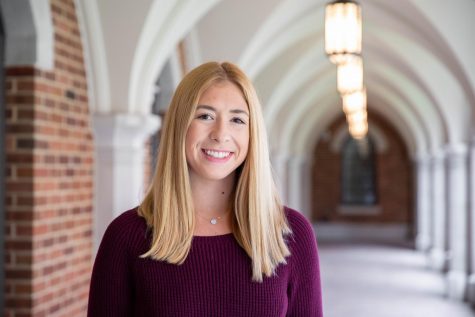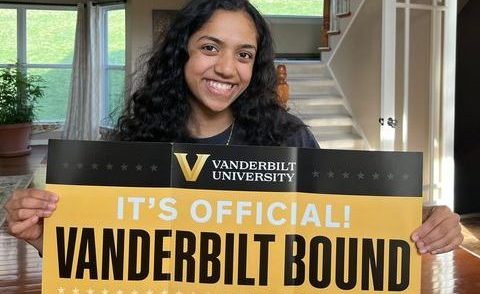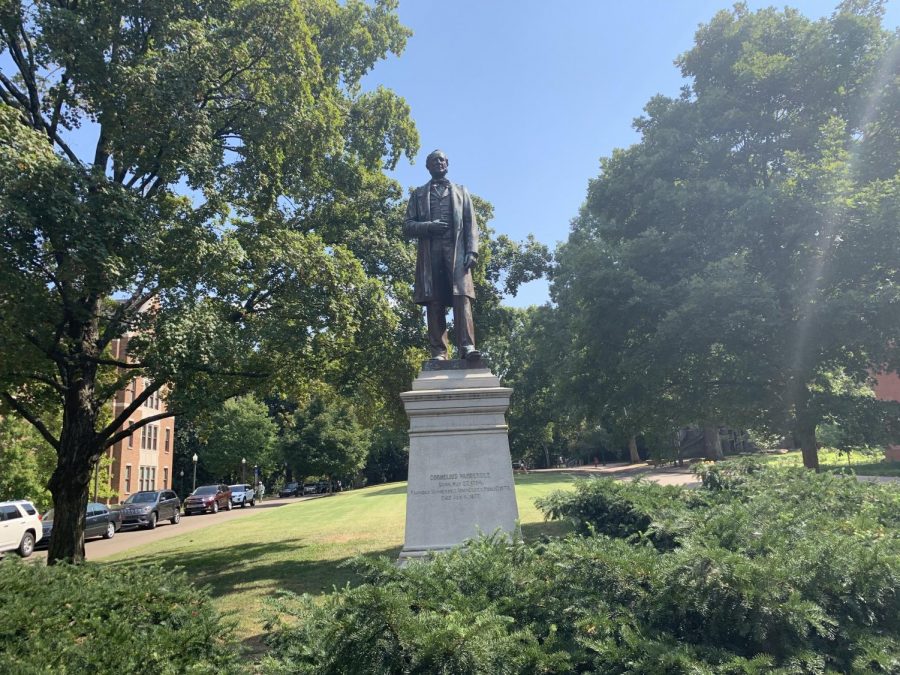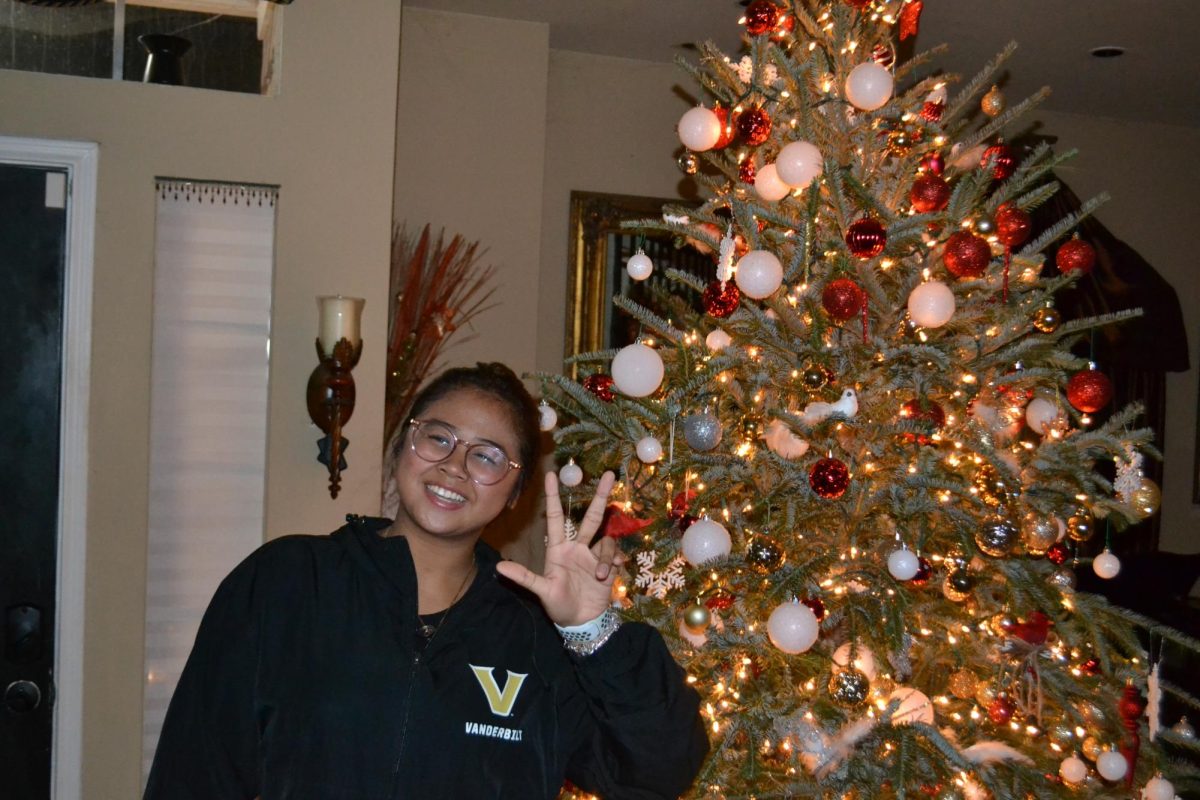Last week, a Washington Post article shed light on the ways that 44 universities nationwide collect and employ student data to inform admissions decisions and direct recruitment efforts towards potentially attractive candidates. Vanderbilt is included in this list, although Vanderbilt’s Vice Provost for Enrollment Affairs Douglas Christiansen said Vanderbilt uses outside data only in recruitment strategy and not in admission decisions.
The article uncovered admissions practices at some public universities via emails and contracts obtained through public record requests. The practices ranged from tracking student activity on university websites to help decide who to admit to targeting recruitment to out-of-state students who will pay higher tuition in order to meet revenue goals. Vanderbilt, however, uses prospective student data to target its recruitment efforts, including through performing predictive modeling to score predictive students.
Vanderbilt stood out among the other 43 universities in that the other schools were largely less selective, regional, somewhat struggling universities such as Mississippi State and Clark University. However, Vanderbilt has contracted with the same consulting company, Ruffalo Noel Levitz, that has enabled some of these schools to do things like consider consumer purchasing behavior, income level and distance from campus in admissions decisions.
Vanderbilt buys data on prospective students from ACT and College Board at 47 cents per name, which is common practice for universities and how high school students receive college mailers, according to Christiansen. Whether they realize it or not, high school students are putting their data up for sale when they opt in to the Student Search Service on the SAT form or the Educational Opportunity Service on the ACT form, allowing for the purchase of their name, score, home address, major of interest and self-reported high school GPA.
From this data, Vanderbilt selects a list of prospective students. With the help of an outside consulting company which purchases data from third-party data brokers, Vanderbilt collects more information on these students and feeds it into a predictive modeling algorithm. This algorithm scores students to help Vanderbilt tailor its recruitment strategy, but not admissions decisions, according to Christiansen.
During the same time period that Vanderbilt contracted with Ruffalo Noel Levitz for data collection and analysis, Christiansen worked intermittently as an associate consultant for the firm. Christiansen worked for Ruffalo Noel Levitz between 2000 to 2015, though he didn’t come to Vanderbilt until 2006.
As a consultant, Christiansen said he would help other institutions think about their “pipeline development strategies” including diversity, ethnicity and Pell grant strategies. Additionally, Christiansen said that all decisions for Vanderbilt to contract with Ruffalo Noel Levitz were made by one of his superiors to avoid a conflict of interest.
Vanderbilt now contracts with the National Research Center for College & University Admissions, Inc. (NRCCUA), which is owned by the testing company ACT. Consulting companies like NRCCUA and Ruffalo Noel Levitz purchase data from third-party data brokers or estimate data points such as income level of prospective students by cross-referencing zip code with census level data.
“If you look at NRCCUA, they have a database of millions of students. We couldn’t service that many students. So predictive modeling starts there,” Christiansen said. “Of those attributes we’re looking at, how did you narrow that down of likelihood to apply?”
Christiansen stated that Vanderbilt doesn’t make public what goes into its predictive model, but said that the resulting scores assigned to students are used only to educate recruitment strategy. He said that the goal of the model is to diversify Vanderbilt’s recruiting efforts and to reach students the university might not otherwise reach. However, he also stated that the model is based upon attributes of current students and acknowledged that it may fall short by encouraging replication of the current student body.
“If you were to look at the Washington Post article, a lot of schools are looking for those that can pay — we don’t do that at all. We are need blind,” Christiansen said. “We would be looking for, for instance, students who are first-gen, who come from high schools that are under-resourced and those kinds of things because that’s all part of our mission.”
To fill the gaps that Vanderbilt’s predictive modeling creates, Christiansen emphasized the importance of other recruitment strategies, such as high school visits, college visits and the aforementioned search services through ACT and SAT. Using search services, Christiansen said Vanderbilt can filter students who come from a lower income bracket to recruit them at a higher rate to foster socioeconomic diversity in student recruitment.
“[Using] income of a student in a predictive model to find rich students to attend here is not part of our mission, our strategy or our values,” Christiansen said.
But Vanderbilt might want to use a predictive model to find, for example, students from an underserved farming community that isn’t highly represented at Vanderbilt, according to Christiansen.
As a result of Vanderbilt’s targeted recruitment efforts, applications to the university have increased more than 50 percent in the last decade, from 19,350 in 2009 to 32,967 in 2019. Additionally, the percent of students eligible for Pell Grants, which are typically awarded to students with family incomes below $50,000, has increased from about six percent a decade ago to 15 percent in 2018.
In the last ten years, partially as a result of advanced recruitment efforts, Vanderbilt’s enrollment of underrepresented populations has nearly doubled while our acceptance rate has plummeted to below ten percent.
Christiansen said that Vanderbilt does not factor “demonstrated interest” into admission decisions at all. Demonstrated interest refers to the level of interest a prospective student exhibits in attending a university, and can manifest as a student calling their admissions counselor, visiting a school or even opening emails sent by a university, which Christiansen says that Vanderbilt does not keep track of.
However, last year the university accepted 20 percent of students who applied through the binding Early Decision (ED) process, which requires students who apply through this method to commit to attending Vanderbilt if they are offered admission. Applying ED has been described by some experts as the strongest possible way to express interest in a university.
Furthermore, Christiansen said that data collected on prospective students from outside sources, that is, data not provided by the students themselves, is entirely expunged about a week before enrolled students start their first year. If it were not, this nonconsensual use of student information could potentially violate the Family Educational Rights and Privacy Act (FERPA), which protects the privacy of enrolled students.
“You can do all the marketing in the world but if you don’t have a good experience or product, it doesn’t much matter,” Christiansen said. “Why did you choose to come to Vanderbilt? Probably not because you got three brochures. But, you learned things about Vanderbilt that intrigued you to come.”













